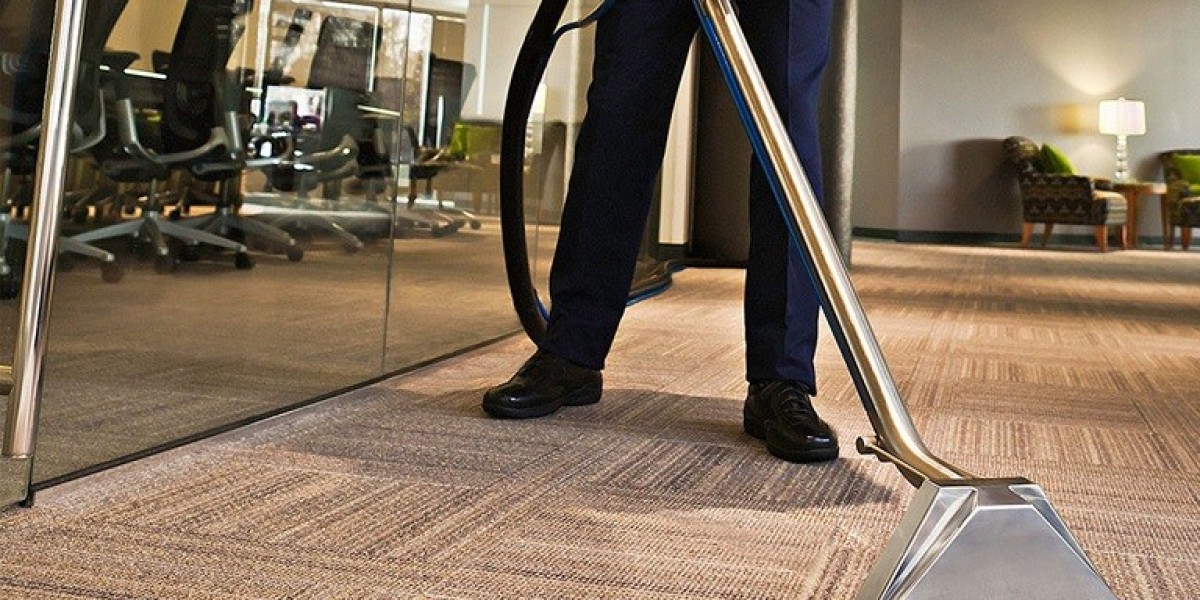Carpets are an integral part of many homes and businesses, providing comfort, warmth, and aesthetic appeal. However, they also act as a magnet for dirt, allergens, and stains, necessitating regular cleaning to maintain their appearance and longevity. This article delves into the art and science of carpet cleaning, exploring various techniques, the benefits of keeping carpets clean, and best practices for homeowners and cleaning professionals alike.

Understanding Carpet Composition
To effectively clean carpets, it is essential to understand their composition. Carpets can be made from a variety of materials, including nylon, polyester, wool, and olefin. Each material has unique properties that influence how it should be cleaned. For instance, wool carpets are known for their durability and natural stain resistance, while synthetic fibers may require different cleaning solutions to avoid damage. Understanding these differences is the first step in choosing the right cleaning method.
Common Carpet Cleaning Methods
- Vacuuming: Regular vacuuming is the most basic yet crucial step in carpet maintenance. It helps remove surface dirt, dust, and allergens, preventing them from settling deep into the fibers. It is recommended to vacuum high-traffic areas at least twice a week and less frequented areas at least once a week.
- Hot Water Extraction (Steam Cleaning): This method involves injecting hot water mixed with cleaning solution into the carpet fibers and then extracting it along with dirt and debris. Steam cleaning is highly effective for deep cleaning and is often recommended by manufacturers. However, it requires adequate drying time, which can be a drawback.
- Dry Cleaning: This method uses specialized solvents and minimal moisture to clean carpets. It is ideal for delicate fibers that cannot withstand water. The process involves applying a dry cleaning compound to the carpet, allowing it to absorb dirt, and then vacuuming it up. This method is quick and does not require extensive drying time.
- Shampooing: Carpet shampooing involves applying a foamy cleaning solution to the carpet and then agitating it with a machine to loosen dirt. Afterward, the carpet is rinsed and vacuumed. While this method can be effective, it often leaves behind residue if not rinsed properly.
- Bonnet Cleaning: Commonly used in commercial settings, bonnet cleaning involves using a rotary machine with a absorbent pad soaked in cleaning solution. It is effective for surface cleaning and quick touch-ups but does not provide a deep clean.
- Encapsulation: This modern method uses a specialized cleaning solution that crystallizes dirt into a powder as it dries. The powder can then be vacuumed away, leaving the carpet clean without the need for extensive drying time. It is gaining popularity due to its efficiency and effectiveness.
Benefits of Regular Carpet Cleaning
- Improved Indoor Air Quality: Carpets can trap allergens, dust, and pollutants, which can negatively impact indoor air quality. Regular cleaning helps remove these contaminants, promoting a healthier living environment.
- Prolonged Carpet Life: Regular maintenance and cleaning can significantly extend the lifespan of carpets. Dirt and grime can wear down fibers over time, leading to premature replacement. Keeping carpets clean helps preserve their integrity and appearance.
- Enhanced Aesthetic Appeal: Clean carpets contribute to the overall beauty of a room. Stains and dirt can make a space look unkempt, while freshly cleaned carpets can enhance the ambiance and make a home feel more inviting.
- Odor Elimination: Carpets can absorb odors from pets, spills, and smoke. Regular cleaning helps eliminate these odors, leaving the home smelling fresh and clean.
- Stain Prevention: Regular cleaning can help prevent stains from setting in. Immediate attention to spills and routine cleaning can keep carpets looking new and vibrant.
Best Practices for Carpet Cleaning
- Read Manufacturer Guidelines: Before embarking on any cleaning method, always check the manufacturer’s guidelines for your specific carpet type. This ensures that you use the appropriate cleaning solutions and techniques.
- Test Cleaning Solutions: If using a new cleaning product, always test it on a small, inconspicuous area of the carpet first. This helps to ensure that it does not cause discoloration or damage.
- Address Stains Promptly: The sooner you can address a stain, the better chance you have of removing it. Blot the stain with a clean cloth and avoid rubbing, which can spread the stain and damage the fibers.
- Use Professional Services When Necessary: For deep cleaning or stubborn stains, consider hiring a professional carpet cleaning service. Professionals have access to specialized equipment and solutions that can achieve results beyond typical home cleaning methods.
- Maintain a Regular Cleaning Schedule: Establishing a cleaning schedule based on foot traffic and the presence of pets can help maintain carpet cleanliness. Regular maintenance is key to preventing dirt buildup and prolonging carpet life.
- Consider Carpet Protectors: Applying a carpet protector can help repel stains and make cleaning easier. These products create a barrier on the carpet fibers, preventing dirt and spills from penetrating.
Conclusion
Carpet cleaning is both an art and a science, requiring knowledge of materials, techniques, and best practices. By understanding the various cleaning methods and their benefits, homeowners and cleaning professionals can work together to maintain the beauty and longevity of carpets. Regular cleaning not only enhances the aesthetic appeal of a space but also contributes to a healthier indoor environment. Whether through DIY methods or professional services, investing time and effort into Carpet Cleaning - https://btslinkita.com, is essential for any carpet owner.







